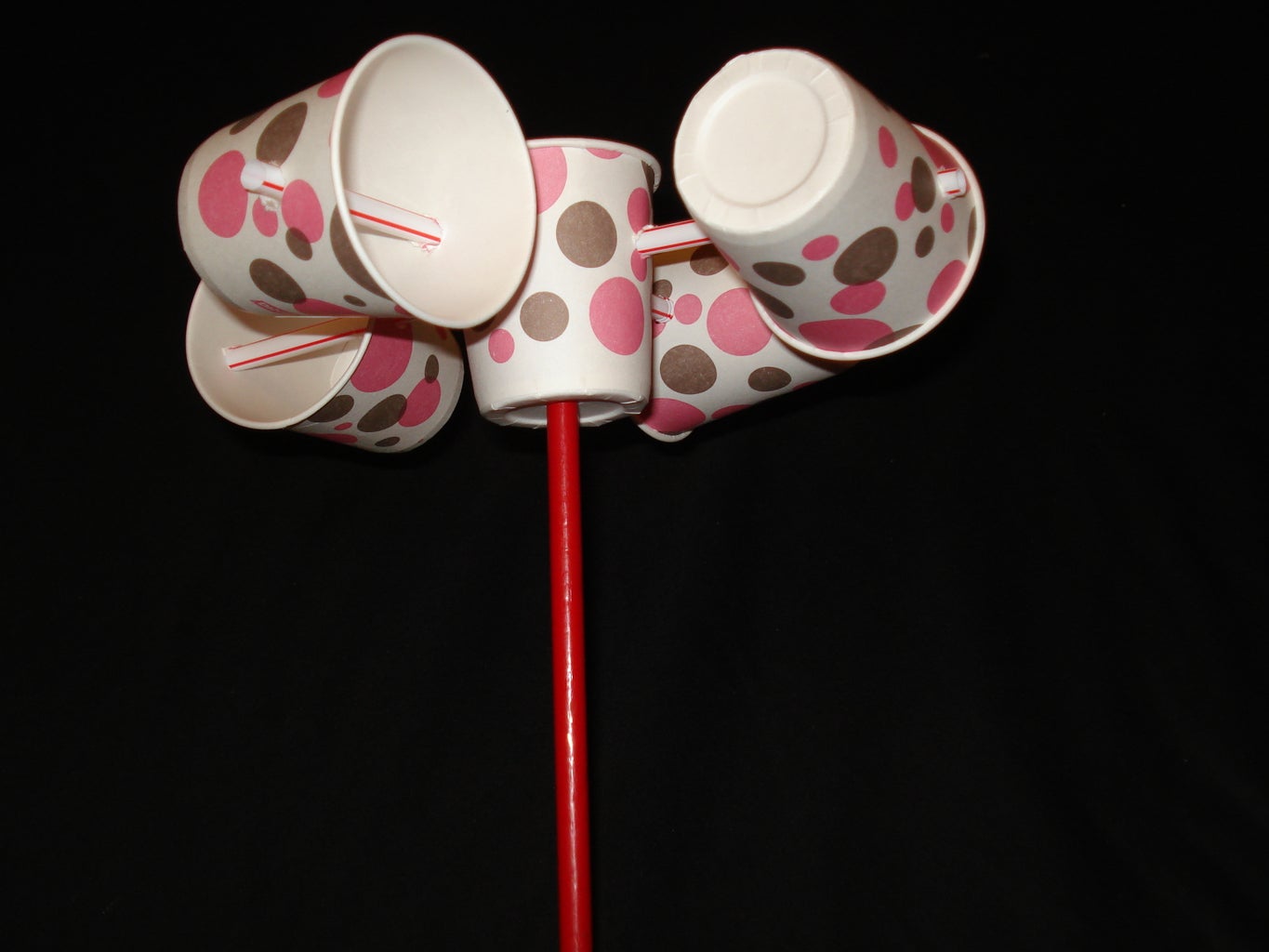Picking the Right Anemometer: A Comprehensive Acquiring Overview
Picking the Right Anemometer: A Comprehensive Acquiring Overview
Blog Article
All You Required to Find Out About Anemometers: Exactly How They Work, Why They Issue, and Where to Use Them
Anemometers, though usually neglected in the realm of scientific tools, play a critical role in different fields, using beneficial insights into wind speed and airflow patterns. As we dive right into the complexities of anemometer innovation, we will certainly discover the internal functions of these gadgets, their importance, and the crucial factors to consider when picking the appropriate anemometer for specific applications.

Anemometer Fundamentals
An important tool utilized to measure wind rate and instructions, the anemometer plays a vital role in weather forecasting and different sectors. An anemometer usually consists of 3 or 4 cups that revolve in the wind, a vane that points right into the wind, and sensors to track the motions or rotations.
There are various types of anemometers readily available, including mug anemometers, vane anemometers, hot-wire anemometers, and sonic anemometers, each with its unique functions and applications. Mug anemometers are typically made use of for fundamental wind rate measurements, while vane anemometers are chosen for directional measurements. Hot-wire anemometers are ideal for low airspeeds, and sonic anemometers are suitable for high-precision measurements in research study and commercial setups. Understanding the essentials of anemometers is important for accurate wind information collection and evaluation across different markets.
Principles of Anemometer Operation
Structure on the fundamental understanding of anemometer essentials, the concepts of anemometer procedure clarify the technicians behind wind speed and direction measurements. Anemometers run on the concept of air movement influencing a sensing unit, creating it to revolve. Mug anemometers, for circumstances, have 3 or even more mugs that catch the wind, triggering them to spin quicker as the wind speed boosts. The rotation speed is then transformed right into a wind rate dimension. Vane anemometers, on the various other hand, utilize a tail or a probe that straightens itself with the wind direction, offering a measurement of wind direction based on the alignment of the sensing unit. Hot-wire anemometers count on a warmed cord that cools off as wind overlooks it, with the price of cooling down identifying the wind rate. Ultrasonic anemometers step wind speed and direction by assessing the time it takes for ultrasonic signals to imp source take a trip in between transducers. Comprehending these principles is essential for accurate and reliable wind dimensions in different applications.
Importance of Anemometers
The importance of anemometers in weather forecasting and different industries can not be overemphasized. Anemometers play an important role in gauging wind speed and instructions, my site offering important information for weather projecting, climate researches, environmental surveillance, and aviation operations. Meteorologists depend on anemometers to gather exact wind data, assisting them understand weather condition patterns, predict tornados, and problem prompt warnings to the general public. In industries such as building and construction, agriculture, renewable resource, and maritime operations, anemometers are made use of to optimize processes, make certain security, and boost efficiency. As an example, wind ranch drivers use anemometers to examine wind problems and make best use of electrical power manufacturing from wind generators. In the maritime market, anemometers help ship navigating by providing real-time wind information to captains, assisting them make notified choices to make certain secure trips. Overall, anemometers are important devices that add dramatically to safety and security, efficiency, his comment is here and informed decision-making in meteorology and a variety of industries.
Applications Across Various Industries
In the sustainable energy industry, anemometers play a vital duty in analyzing wind problems for wind ranch positionings, making sure ideal energy production. Industries like building and mining utilize anemometers to keep track of wind speeds, crucial for safety protocols, specifically when functioning at elevations or in open-pit mines where strong winds can position hazards. In farming, anemometers aid farmers in handling crop spraying by giving real-time information on wind speed to avoid drift.

Choosing the Right Anemometer for Your Requirements
For general purposes, a mug anemometer is appropriate for measuring wind speed, while a vane anemometer offers wind direction data. Hot-wire anemometers are perfect for low airspeed measurements, and ultrasonic anemometers offer high precision and sturdiness.

Verdict
In final thought, anemometers play an essential duty in measuring wind speed and instructions throughout various markets. It is vital to consider the relevance of anemometers in order to make educated choices when picking the most suitable device for determining wind problems.
There are various types of anemometers readily available, consisting of cup anemometers, vane anemometers, hot-wire anemometers, and sonic anemometers, each with its unique attributes and applications. Mug anemometers are typically made use of for basic wind rate dimensions, while vane anemometers are chosen for directional dimensions. Hot-wire anemometers are appropriate for reduced airspeeds, and sonic anemometers are excellent for high-precision dimensions in research study and commercial setups.Building on the foundational understanding of anemometer essentials, the concepts of anemometer operation clarify the technicians behind wind speed and direction measurements. For general objectives, a mug anemometer is ideal for measuring wind rate, while a vane anemometer provides wind instructions information.
Report this page